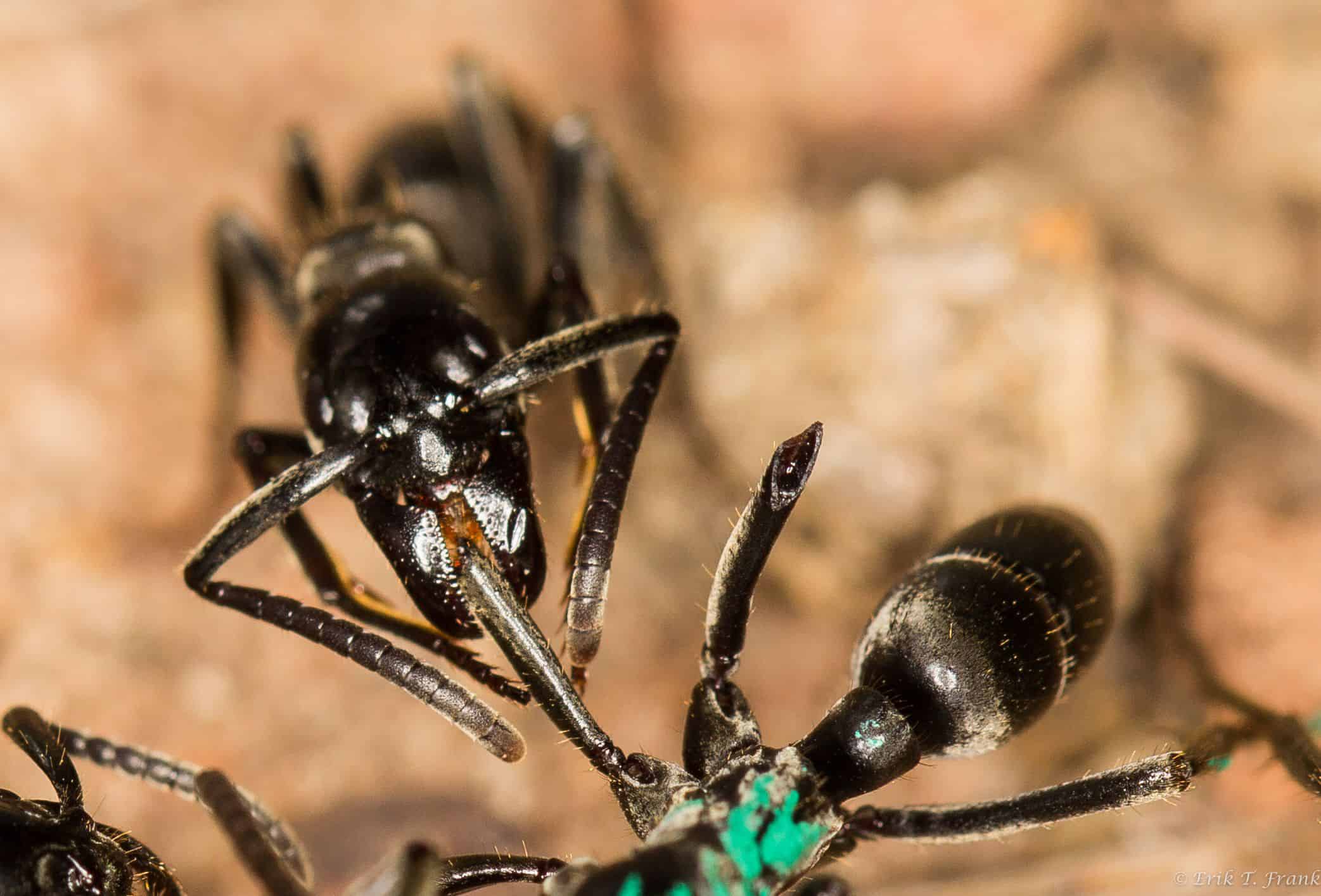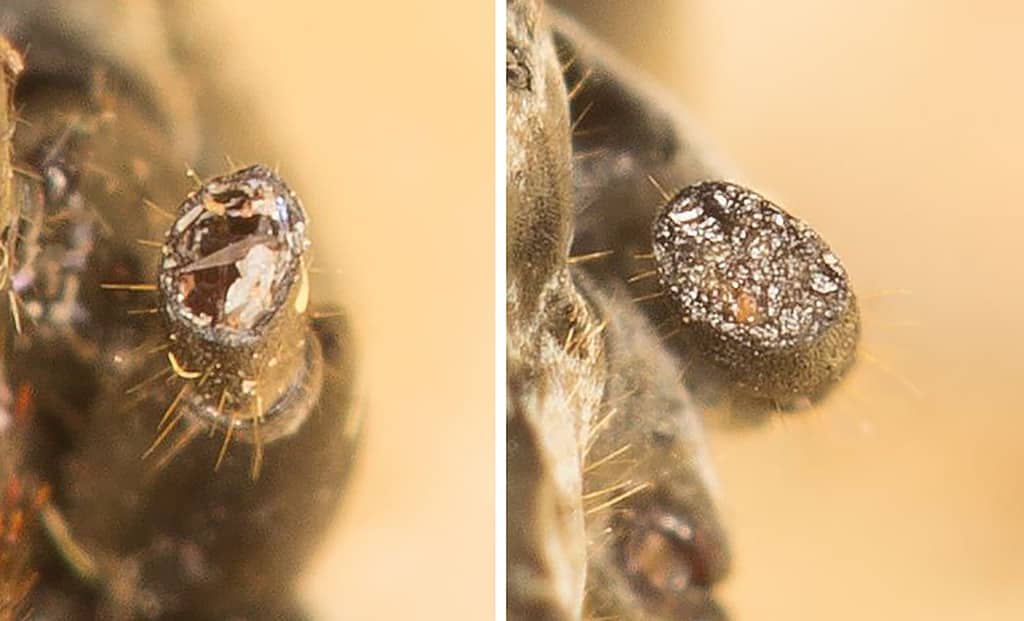Widespread south of the Sahara, the Matabele ants (Megaponera analis) are named after an African tribe that destroyed everything in their path in Africa in the 1880s. The ants are similarly formidable and aggressive. They only eat termites and will go on dangerous hunting expeditions in which they frequently get injured as they hunt those termites. But, as it turns out, they’re also good at taking care of the wounded.

If their wounds get infected, there’s a significant risk of death. However, Matabele ants have developed an intricate healthcare system, according to a new study. The researchers from Germany found that the ants can differentiate between non-infected and infected wounds, treating the latter efficiently with antibiotics they produce themselves.
“Chemical analyses shown that the hydrocarbon profile of the ant cuticle changes as a result of a wound infection,” Erik Frank, study author and researcher from Julius-Maximilians-Universität (JMU) Würzburg, said in a news release. The ants can accurately identify this alteration, allowing them to assess the infection status.
Medicine in a dangerous tiny world
A study in 2018 found that the Matabele ants carry their wounded partners home after an attack on termites and then care for them back in the nest, holding the hurt limb with their mandibles and front legs while licking the wound. It’s the first non-human animal that has been seen systematically nursing their wounded back to health.
The previous study that revealed this fascinating behaviour didn’t look into how the healing happens — this is what researchers have now figured out. The ants apply antimicrobial compounds and proteins to the infected wound. They take these antibiotics from a gland located on the side of the thorax. Its secretion has over 110 components, half of which have a wound-healing effect.
It’s a highly effective therapy. The mortality rate of infected individuals is reduced by 90%, as the researchers discovered. They believe this has medical implications, as the main pathogen found in ants’ wounds, called Pseudomonas aeruginosa, is also a leading cause of infection in humans, with several strains that are antibiotic resistant.


The team of researchers will now explore wound care behaviors in other ant species and other social animals. They also want to identify and analyze the antibiotics used by Matabele ants in partnership with chemistry research groups. They argue this could eventually lead to the discovery of new antibiotics that could be used in humans.
For now, if you want to learn more about Matabele ants, they are featured in the eight-part documentary “Life on Our Planet” on Netflix. The sequence about the ants was filmed in 2021 at the research station of the University of Würzburg in Côte d’Ivoire. They focused on the ants’ natural habitat and on the artificial nests in the station.
The study was published in the journal Nature Communications.
